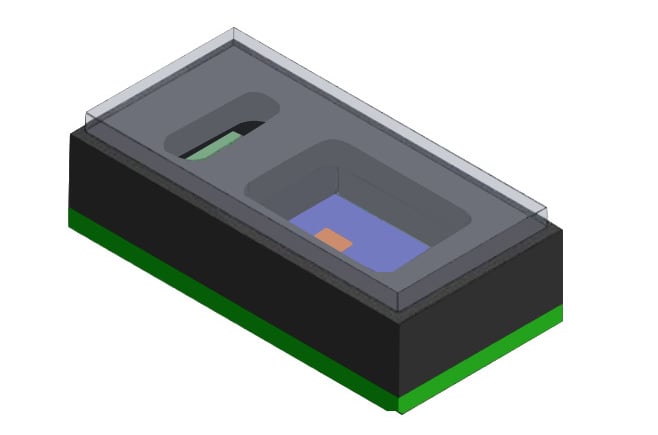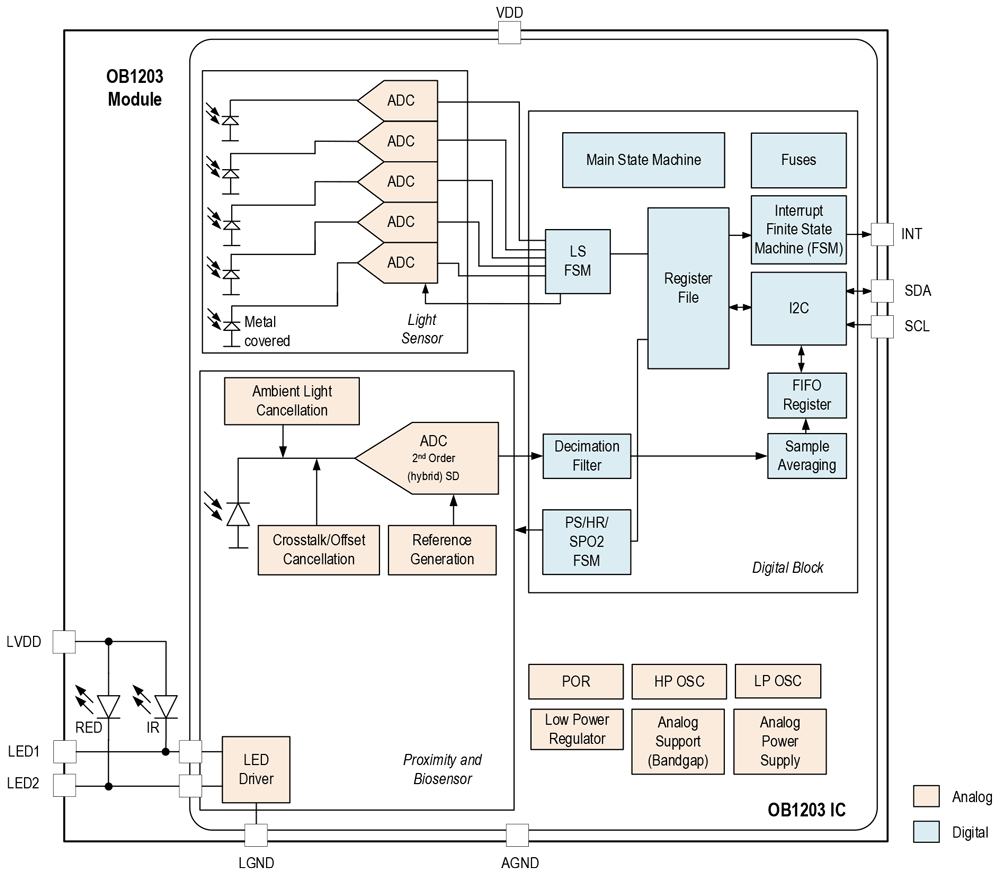We are all living in new and uncertain times, as there is a constant risk of being exposed, or a fear of having been exposed, to the COVID-19 virus. Recent findings indicate that some infected patients who had very low blood oxygen concentration levels weren't even aware of their lack of oxygenation in their bodies. This is uncommon phenomena and just recently has been discussed as a possible early leading indicator of exposure to the COVID-19 virus.
If more testing is done and this theory proves to be true, then measuring blood oxygen concentration levels could help doctors diagnose COVID-19 earlier in the process and potentially help prevent additional exposure to the general population.
A pulse oximeter, also known as a photoplethysmography (PPG) sensor, is a small device that is commonly used to measure blood oxygen concentration levels (also known as Sp02) in a person's blood. Pulse oximeters usually measure blood oxygen concentration levels non-intrusively by utilizing the light absorption properties of saturated versus unsaturated blood through the skin. This technology has been around for many decades, but just recently has become feasible and small enough to utilize in wearable devices.

OB1203 Biosensor Module
Renesas' OB1203 is a fully integrated all-in-one biosensor module – the smallest of its kind – that can be used to measure heart rate and blood oxygen levels. The OB1203 can be used with just one side of a user’s finger because it uses the space-conserving reflective PPG method, and a pulse oximeter can be made as thin as only 4 mm.

OB1203 Block Diagram
The OB1203 is fully integrated with all optical components - namely two LEDs, including the LED driver circuits, as well as the photodetectors - all in a specially developed Optical System In Package (OSIP) to ensure high performance at the smallest possible footprint. In the past, it was difficult to build the sensor in such a small footprint and also make sense of the data it provides. This is why Renesas also provides the software algorithms that translate the raw sensor data into meaningful values that represent a person‘s heart rate, as well as the blood oxygen concentration.
With the expected growth in oximeter demand, the OB1203 opens the fastest path to market, as the solution is ready to go and comes with a complete design-in tool kit. This means no trial and error, and no wasted development time. Renesas also offers a complete reference design with battery management and Bluetooth® connectivity to an Android App.
The OB1203 may be the answer for early diagnosis of infectious diseases and provides an opportunity to make a difference in the world.


